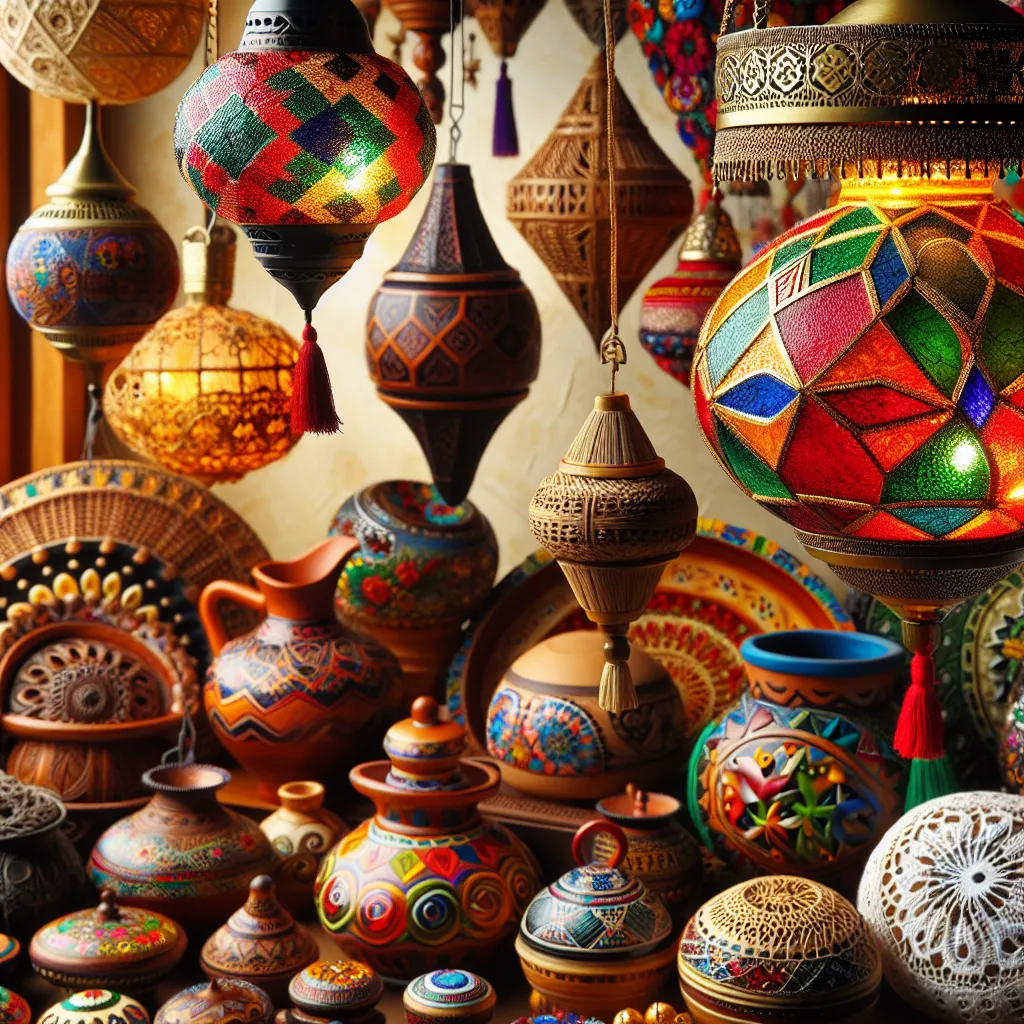The Significance of Ornaments in Cultural Traditions
Ornaments have played a significant role in the cultural traditions of societies across the world, symbolizing various meanings that are deeply rooted in history and tradition. In many cultures, ornaments serve as more than just decorative accessories; they carry profound symbolism that reflects the values, beliefs, and identity of a community. From jewelry to ceremonial objects, ornaments are imbued with cultural significance, often serving as a visual language that communicates tradition and heritage.
For example, in Indian culture, the use of ornaments such as bangles, necklaces, and earrings is not merely a matter of aesthetics, but a reflection of a woman’s marital status and prosperity. The intricate designs and materials used in these ornaments convey specific messages about the wearer’s place in society. Similarly, in African societies, beads are often used as ornaments in traditional ceremonies, with each color and pattern holding symbolic meaning related to spirituality, social status, and cultural roles.
Furthermore, ornaments in indigenous societies often serve as a means of storytelling, portraying myths, legends, and historical events through intricate designs and motifs. These symbolic representations not only embellish the wearer but also act as a visual narrative of the community’s collective memory and worldview.
It is evident that the significance of ornaments in cultural traditions goes beyond their decorative function, serving as powerful symbols of identity, status, beliefs, and heritage for diverse societies around the world.
Exploring Symbolic Meanings of Ornaments in Various Cultures
Exploring the symbolic meanings of ornaments in various cultures offers a fascinating glimpse into the diverse ways in which societies express their values, beliefs, and traditions. From ancient civilizations to modern-day cultures, ornaments have played a significant role in conveying symbolism and cultural identity.
In many societies, ornaments such as jewelry, clothing embellishments, and decorative objects carry deep symbolic meanings. For example, in some African cultures, beads are used not only for their aesthetic value but also to symbolize social status, wealth, and spiritual beliefs. Similarly, in Indian culture, the bindi worn on the forehead is not just a decorative accessory but also carries religious and cultural significance, representing the third eye and inner wisdom.
Furthermore, exploring the symbolism of ornaments in Native American cultures reveals the use of animal motifs and natural elements to symbolize connection to the earth, spirituality, and tribal heritage. Feathers, for instance, are often incorporated into clothing and accessories to symbolize strength, freedom, and communication with the spirit world.
Across different cultures, ornaments serve as powerful symbols that communicate a myriad of meanings, from social status and identity to spirituality and heritage. Through the exploration of these symbolic meanings, we gain a deeper understanding of the rich tapestry of human culture and the significance of ornamentation in shaping cultural identities.
Rituals and Symbolism: Ornaments in Diverse Societies
Ornaments hold a significant place in various societies around the world, often playing a crucial role in rituals and symbolizing cultural beliefs. From intricate jewelry to elaborate body art, these ornaments are rich in symbolism and carry deep meaning for the people who wear them. In some societies, ornaments are used as part of intricate rituals to mark significant life events such as birth, coming of age, marriage, and death.
For example, in many African cultures, beads are used to symbolize tradition, spirituality, and identity. The intricate patterns and colors of the beads often convey specific messages about the wearer’s tribe, status, and personal history. Similarly, in South Asian societies, henna tattoos are applied to the hands and feet of brides during wedding rituals to symbolize joy, beauty, and spiritual awakening.
Furthermore, in Native American culture, feathers are used as ornaments and hold deep symbolic meaning. They are often worn during ceremonial dances and rituals, symbolizing honor, courage, and spiritual protection. Additionally, in Chinese culture, jade is highly revered and worn as ornaments to symbolize status, purity, and morality.
It is clear that ornaments play a vital role in the rituals and symbolism of diverse societies, serving as powerful visual representations of cultural heritage, spirituality, and personal identity.
Ornamentation as a Reflection of Cultural Identity
Ornamentation is a universal form of expression that transcends cultural boundaries, serving as a visual language through which societies communicate their values, beliefs, and identities. Across different societies, the symbolism of ornaments plays a crucial role in reflecting and preserving cultural identity. These adornments, whether they take the form of jewelry, body art, or decorative objects, carry deep meanings that are deeply rooted in the traditions, history, and worldview of a particular community.
In many indigenous cultures, ornaments are intricately crafted to symbolize an individual’s connection to the natural world and ancestral heritage. For instance, the use of feathers, beads, and shells in Native American jewelry not only serves as decorative elements but also carries spiritual significance, representing the interconnectedness of all living beings and the traditions passed down through generations. Similarly, the intricate patterns and motifs found in African tribal adornments are imbued with symbolism related to fertility, status, and protection, reflecting the cultural values and social structures of each community.
Furthermore, the symbolism of ornaments extends beyond individual adornment to encompass broader societal values and traditions. In Chinese culture, the intricate designs of jade ornaments are deeply rooted in symbolism, representing virtues such as purity, grace, and longevity. These ornaments not only serve as personal embellishments but also act as symbols of cultural identity, carrying centuries-old traditions and beliefs that continue to be passed down through generations.
Exploring the symbolism of ornaments in different societies provides valuable insights into the complex tapestry of human culture and the ways in which art and adornment serve as powerful conduits for expressing and preserving cultural identity. As we delve into the intricate meanings behind these adornments, we gain a deeper appreciation for the diversity and richness of global heritage, each ornament serving as a testament to the enduring legacy of its cultural roots.

